Thank you for getting social about animal agriculture! Share any of the following graphics to your social media pages!
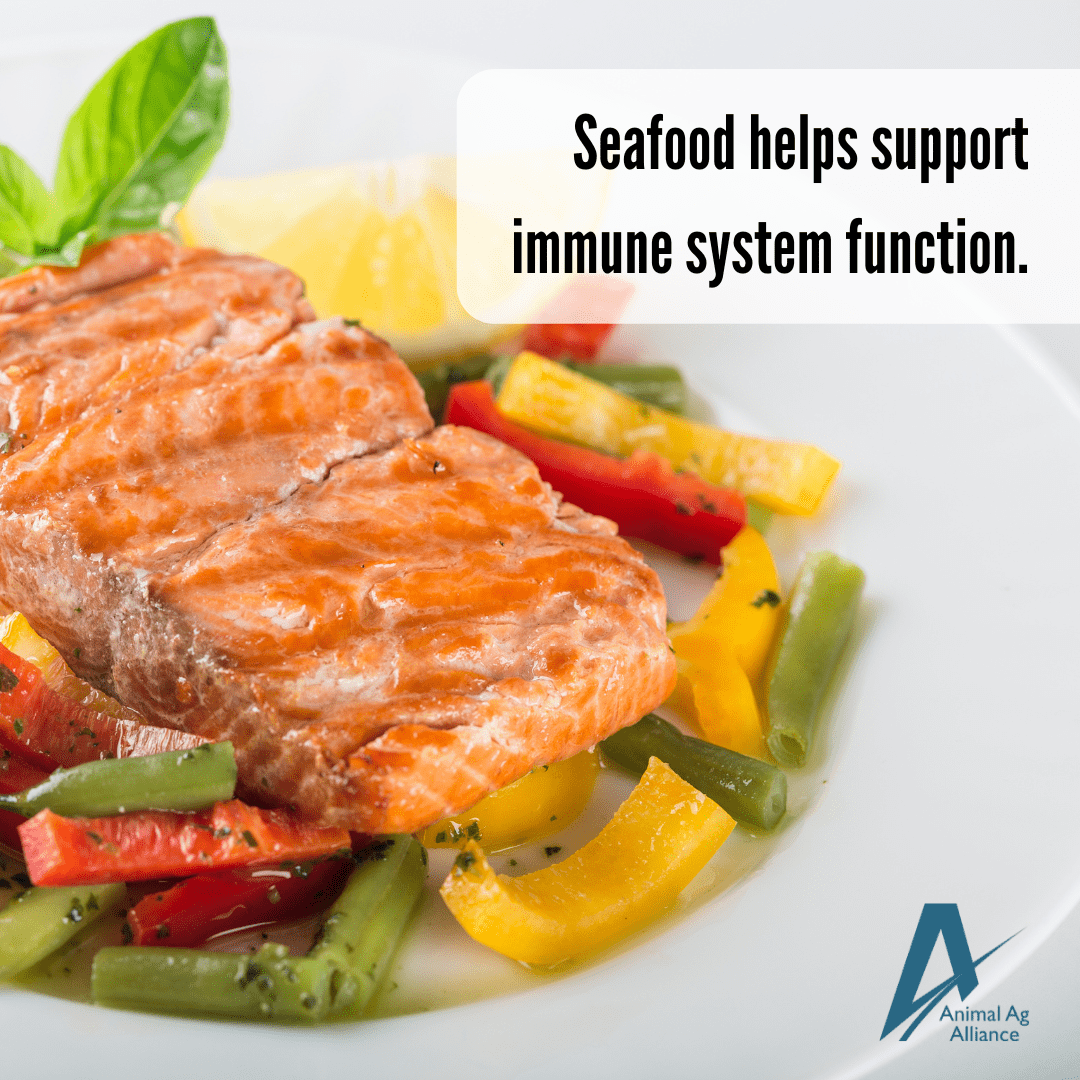
Seafood provides many nutrients that are important when supporting a strong immune system that support lifestyle habits important to health including exercise, getting adequate sleep, and managing stress! https://bit.ly/43XEVu6
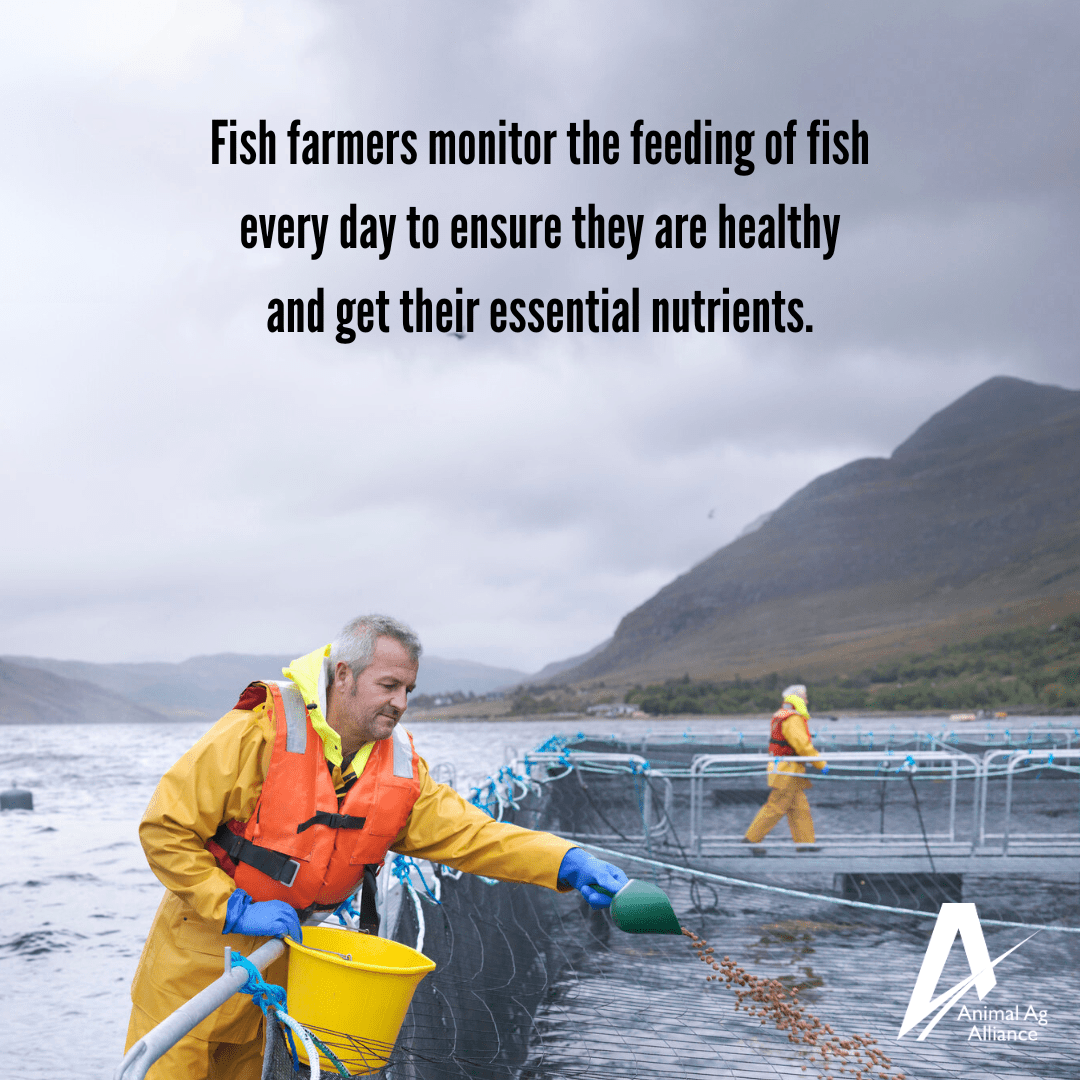
Did you know fish feed is formulated with just the right number of vitamins and minerals, including vitamins A, D, E, and C, choline, riboflavin, biotin, and niacin? https://bit.ly/34wTBlx
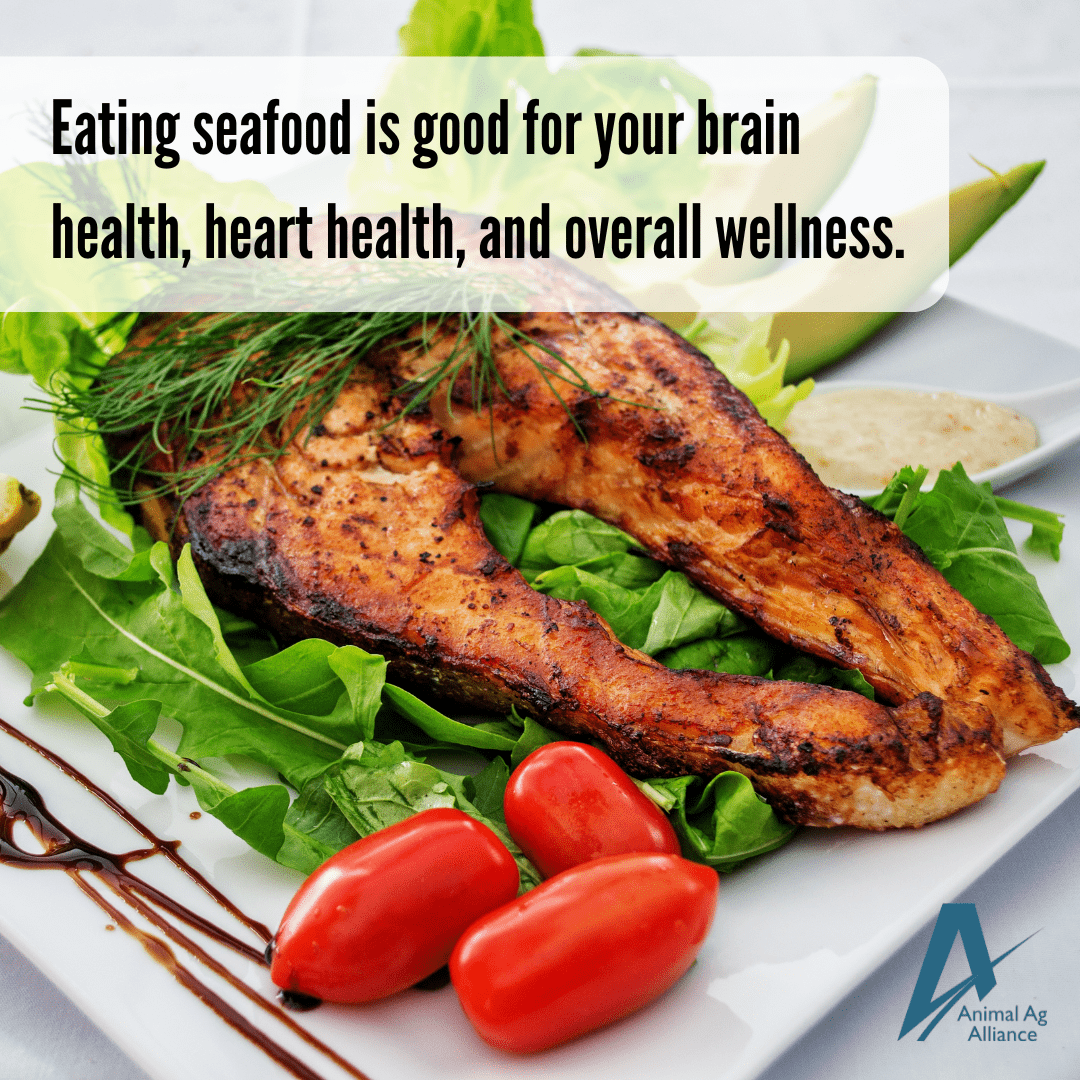
Adding nutrient-packed seafood into your everyday meals comes with added benefits, including improved brain health, heart health, and overall wellness! bit.ly/3OoHeka
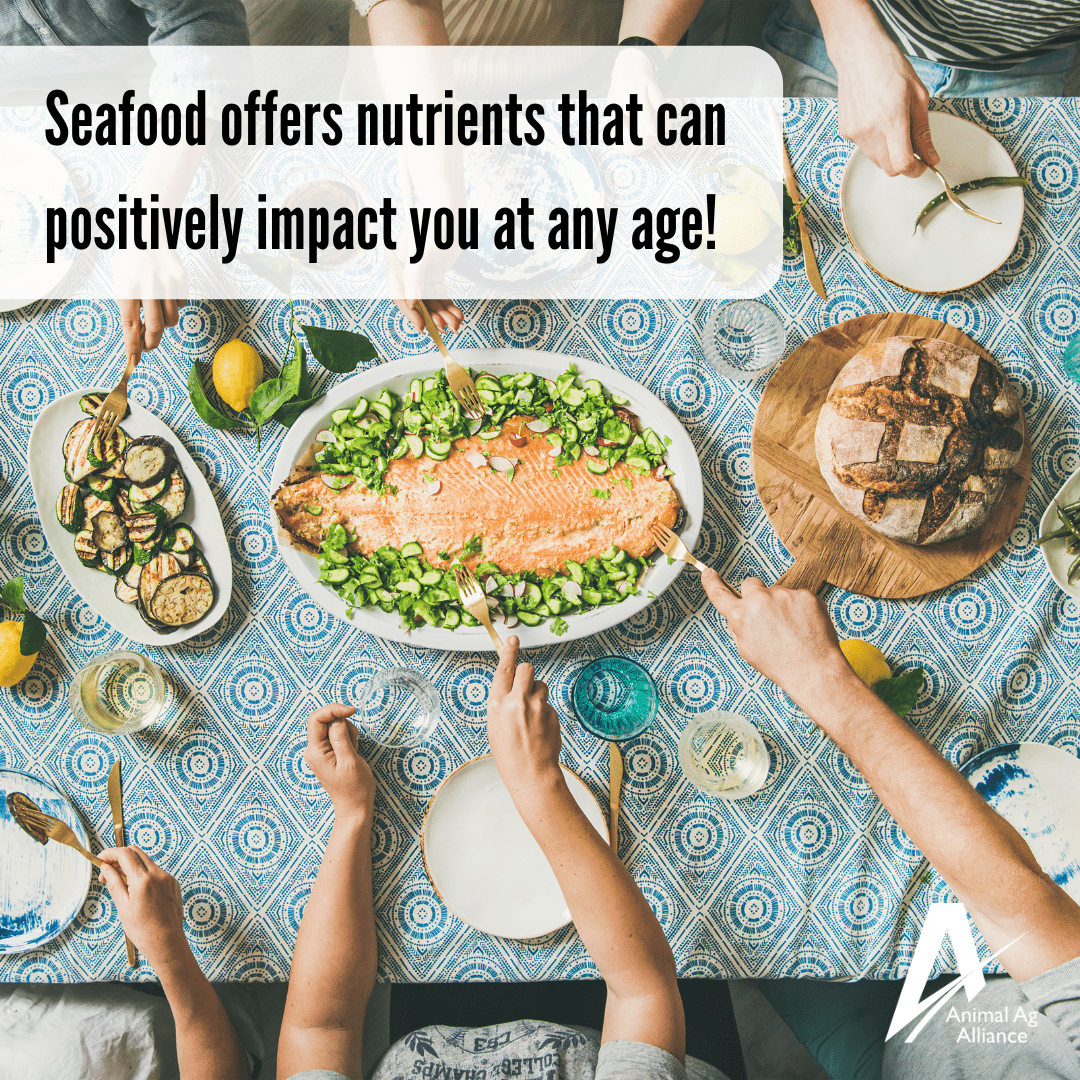
Research suggests that omega-3 fatty acids found in seafood can help protect against Alzheimer’s disease and have a positive impact on gradual memory loss. bit.ly/45jSrsW
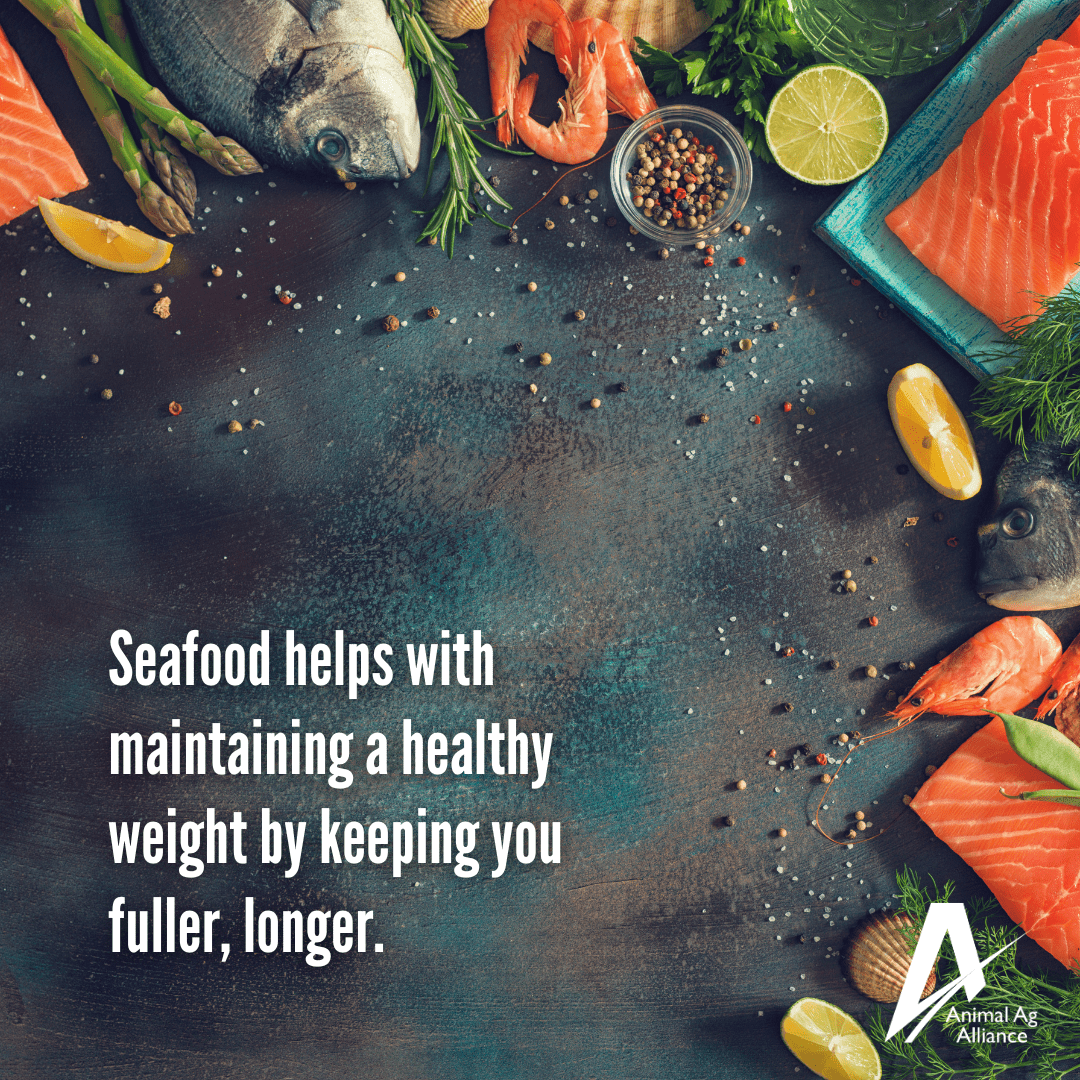
Seafood is a high protein food source that helps to keep you fuller, longer! https://bit.ly/45jSrsW
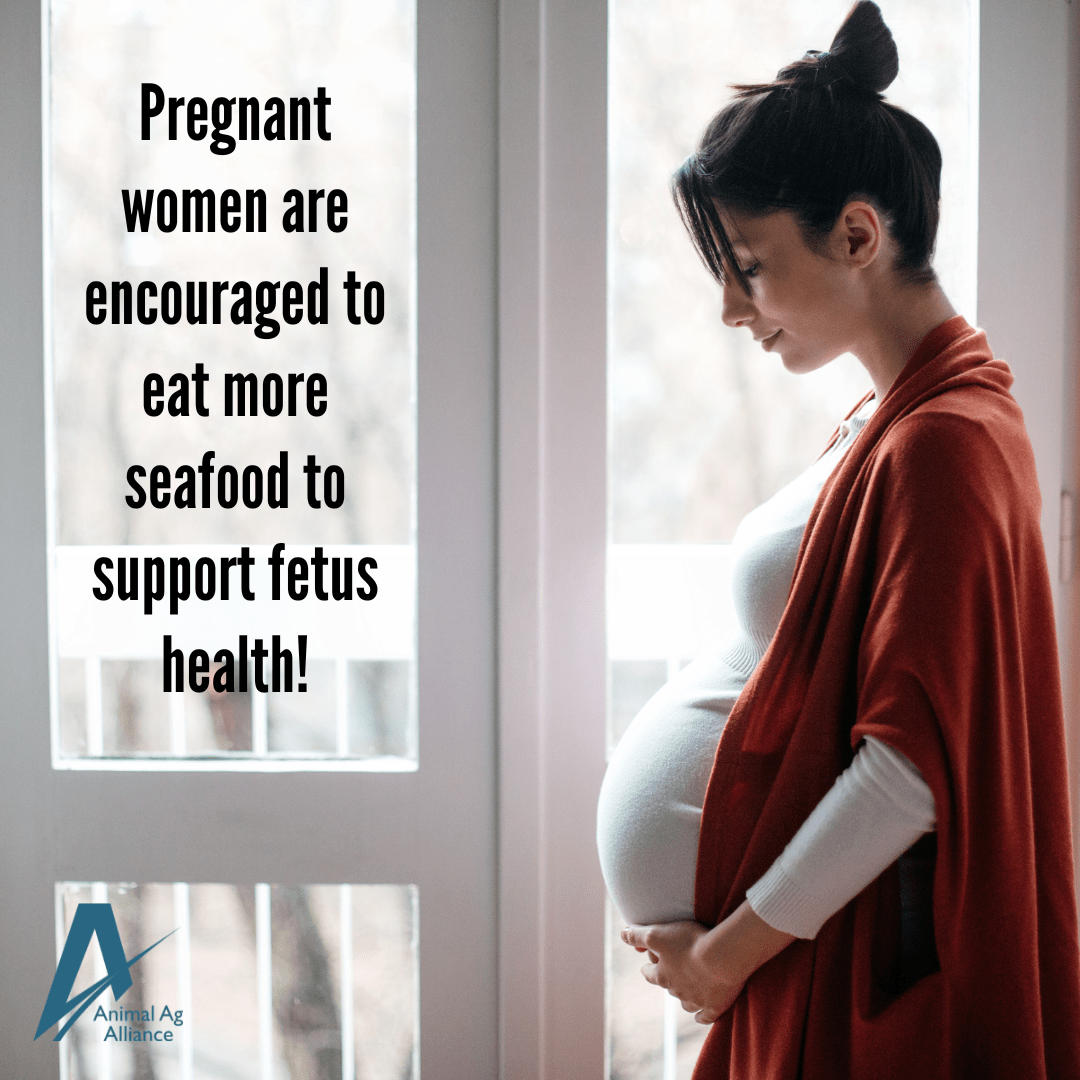
The FDA recommends pregnant women eat at least 4x as much seafood as they do when not pregnant due to the neurocognitive benefits! bit.ly/3s5P3DG

Farm-raised fish start in hatcheries and are then moved to ponds, raceways, tanks, or net pens, depending upon the species. A catfish pond is typically 10 acres or less with a depth of 5 to 10 feet. https://bit.ly/3XHHIoL

Happy National Oyster Day! Oysters improve the environment by removing excess nutrients and improving water quality. bit.ly/3b93zCQ

Oysters don’t require any food, they filter phytoplankton directly from the water they live in. https://bit.ly/3OISBBF

August is National Catfish Month! Catfish is the most produced fish in the United States, with most of catfish being grown in the south, primarily in Mississippi, Alabama, and Arkansas. https://bit.ly/3cK1LjY
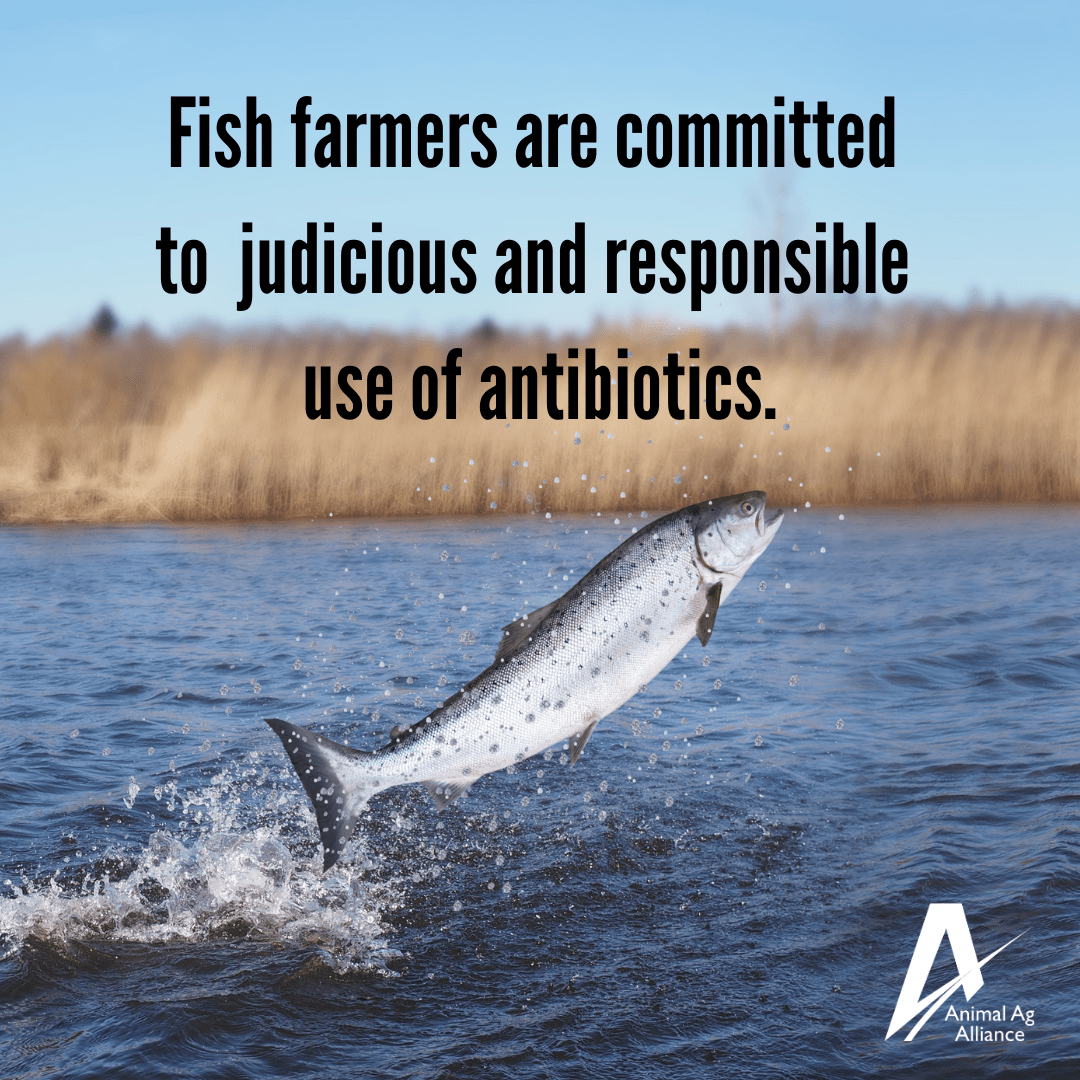
Farmers utilize proper housing and siting, limited stocking density, and high-quality diets to prevent disease and the need for antibiotic use! https://bit.ly/331JPds
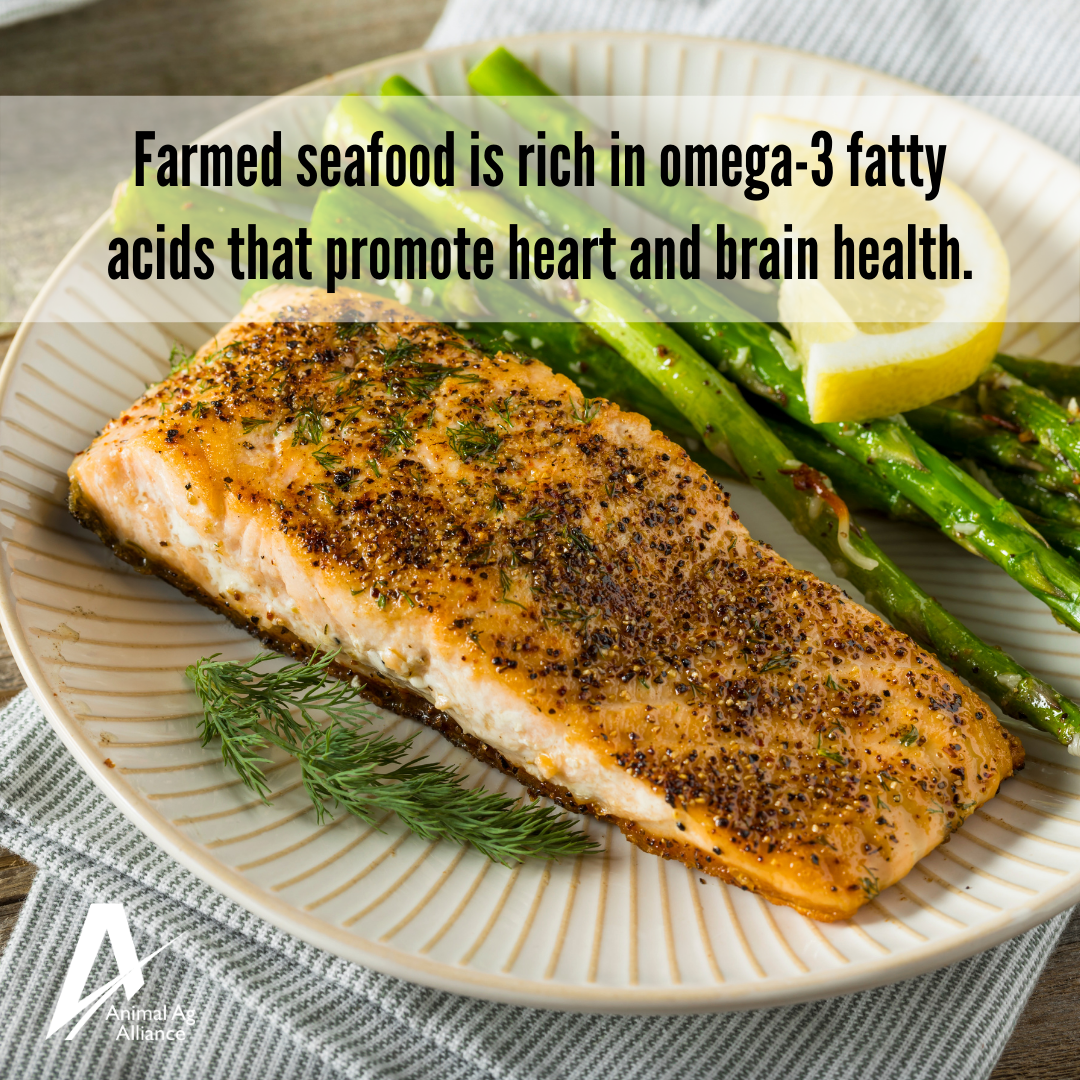
Omega-3 levels in fish is highly dependent on what the fish ate, which can vary based on where the fish lived and when it was caught. Farm-raised fish typically meet or exceed omega-3 levels compared to wild-caught! https://bit.ly/331JPds
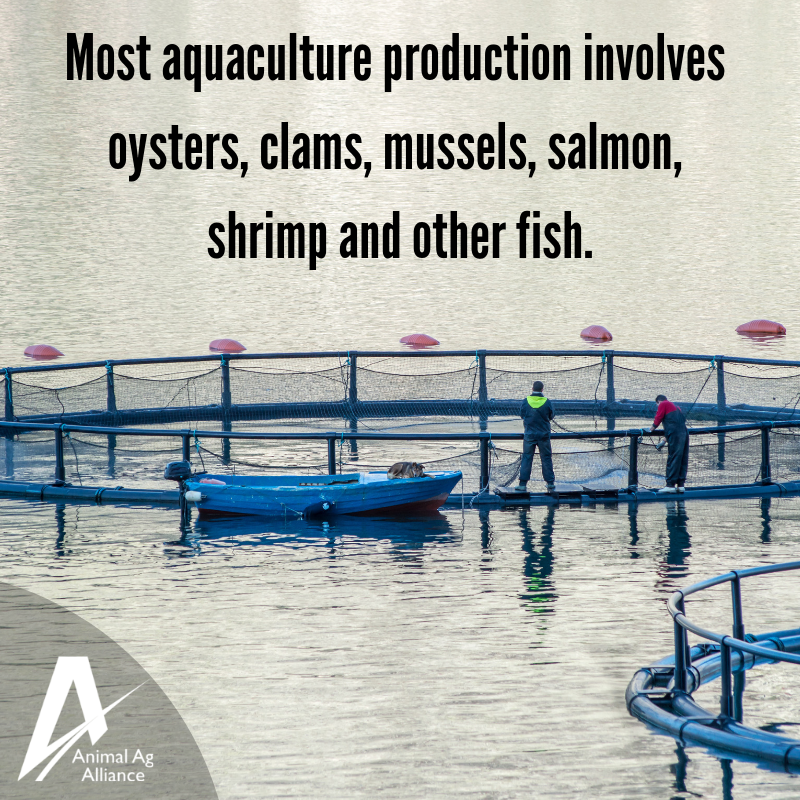
We primarily grow salmon, oysters, clams, mussels, and aquatic plants in the United States! https://bit.ly/2ypaCAv
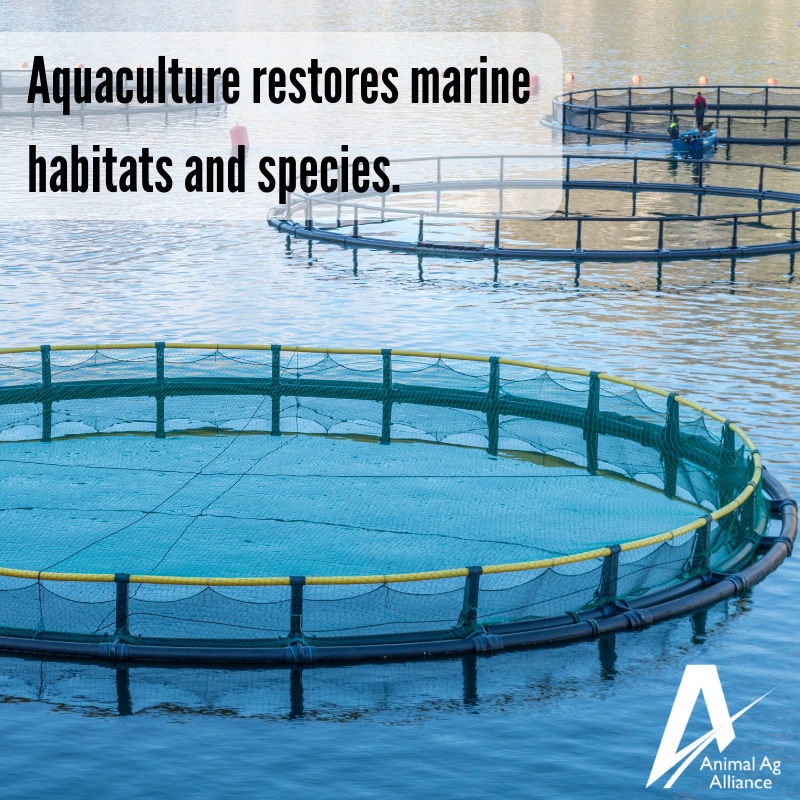
Marine aquaculture in the United States contributes to seafood supply, supports commercial fisheries, restores habitat and at-risk species, and maintains economic activity in coastal communities and at working waterfronts in every coastal state! https://bit.ly/2EpiIyI

DYK: 62% of the fish we eat will come from aquaculture (fish farmers!) by 2030 according to the Global Aquaculture Alliance. https://bit.ly/2wQXIdF
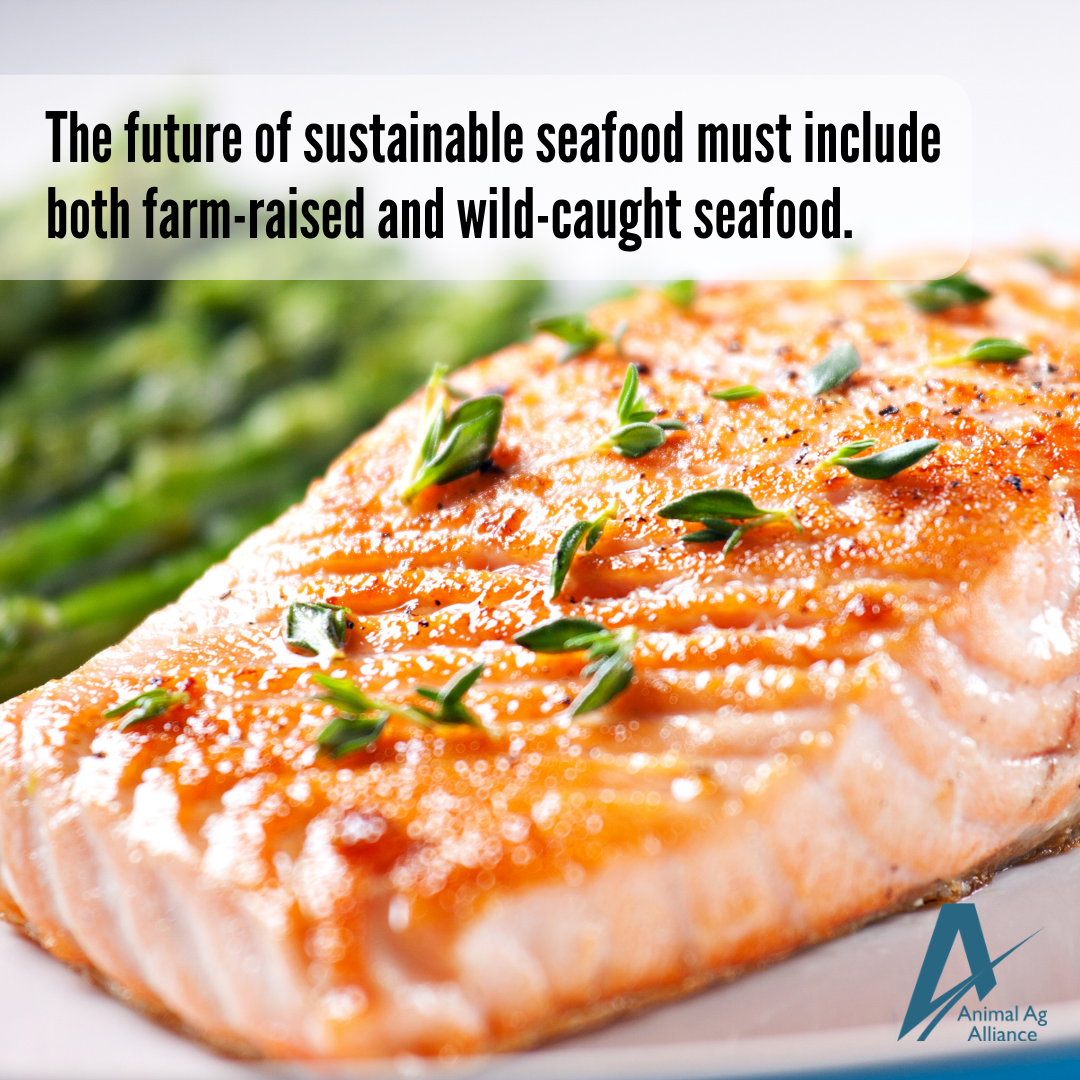
We need both farm-raised and wild-caught seafood to be sustainable! http://bit.ly/2pjqeAY

“U.S. fish farms operate under some of the world’s most robust environmental protections, producing environmentally safe, sustainable sources of domestic seafood, creating jobs, supporting resilient working waterfronts and coastal communities, and providing international trade opportunities.” http://bit.ly/2pjqeAY
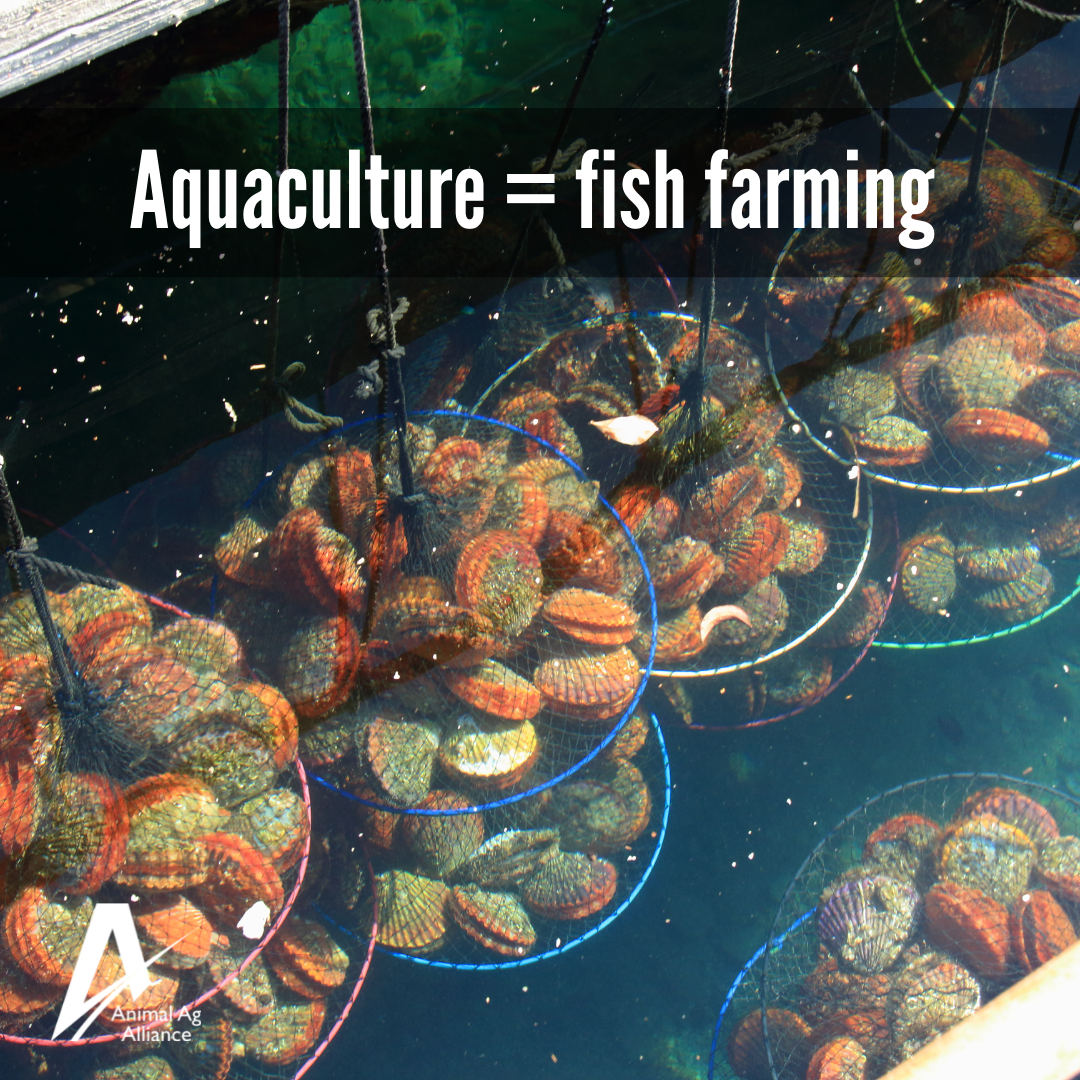
Aquaculture is the breeding, rearing, and harvesting of plants and animals in all types of water environments including ponds, rivers, lakes, and the ocean…or fish farming for short! http://bit.ly/2ph3Kk1

Globally, aquaculture supplies more than 50 percent of all seafood produced for human consumption! http://bit.ly/2Gsr3Bd

Did you know… 93% of U.S. farm-raised catfish is raised in Alabama, Arkansas, Mississippi, and Texas! https://adobe.ly/2Jxy5r4

Normally when people think Idaho, potatoes come to mind, but the vast majority of farm-raised trout also comes from the state. Idaho’s success is linked to a vast system of aquifers and springs! https://adobe.ly/2Jxy5r4

Fish can be fed by hand or with automatic feeders. Farmers monitor the feeding of fish every day to ensure they are healthy. Fish feed can either be made to float or sink, depending on the preference of the fish it is made for. For example, shrimp only like feed that sinks, but most other fish will eat floating feed. U.S. grown soybean and corn are important fish feed ingredients. https://adobe.ly/2Jxy5r4
Category: Social Media
Tag: Aquaculture, Social Media,
